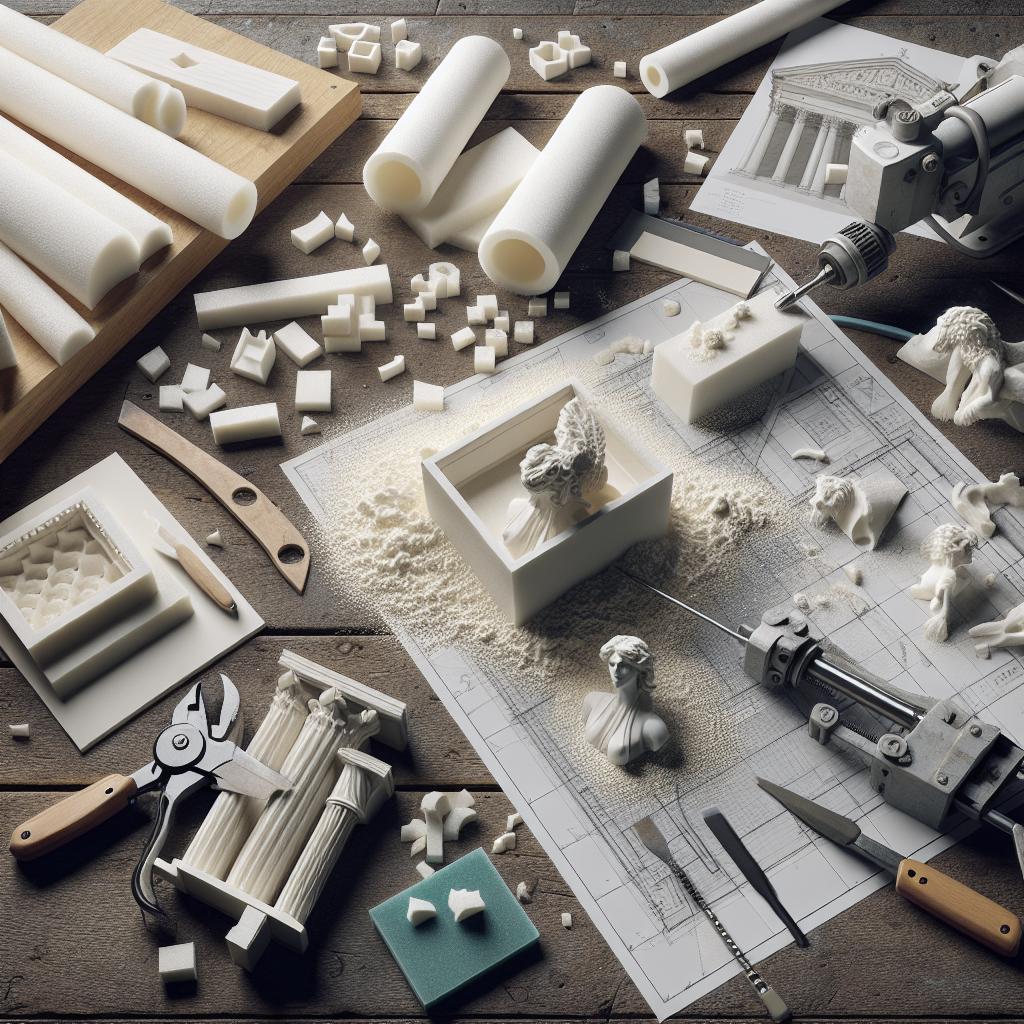Rapid Prototyping with Foam: A Gateway to Swift Innovation
In the ever-evolving world of product design and engineering, rapid prototyping is a crucial tool enabling creators to quickly iterate and refine their ideas. Among the myriad materials available for prototyping, foam stands out for its versatility and ease of use. This blog post delves into the fascinating process of rapid prototyping with foam, focusing on the use of CFOAM® carbon foam. We will explore the steps involved, from initial design to the creation of a functional prototype tool. Whether you’re an engineer, a designer, or an enthusiast, gaining insights into the process of foam prototyping can vastly improve your creative process and lead to innovative breakthroughs.
Rapid Prototype Composite Tooling Using CFOAM® Carbon Foam
CFOAM® carbon foam has emerged as an innovative material in the realm of rapid prototyping, particularly for creating composite tooling. Its unique properties, such as high compressive strength and a wide range of thermal conductivities, make it ideal for various applications. The lightweight nature of CFOAM® allows for easy handling and manipulation, significantly speeding up the prototyping process.
Beyond its practical features, CFOAM® carbon foam enables designers to push the boundaries of creativity. Companies across sectors, from aerospace to automotive, have increasingly turned to this material for efficient tool creation. The ability to quickly produce a prototype that mimics the product’s final form and function allows designers and engineers to test their concepts effectively, identify potential flaws, and make necessary adjustments before full-scale production.
Furthermore, the sustainability aspect of CFOAM® cannot be ignored. As industries seek eco-friendly materials to meet regulatory standards and customer demands, carbon foam presents a viable option. Besides reducing material waste, which is a typical drawback of traditional tooling methods, the use of CFOAM® aligns with strategies aimed at minimizing environmental impacts.
Steps in Making a Rapid Prototype Tool Using CFOAM® Carbon Foam
Creating a rapid prototype tool using CFOAM® carbon foam involves several steps, each crucial for ensuring the prototype meets the desired specifications. Initially, the design phase sets the foundation for the process. Here, CAD software is used to produce a detailed digital model of the intended tool. This model assists in visualizing how the prototype will function in real-world scenarios, enabling designers to make preliminary assessments.
Once the digital model is finalized, the next step involves cutting the CFOAM® to fit the model’s dimensions. During this phase, CNC machines or even manual cutting tools can be used, depending on the complexity of the design. Precision is key, as any deviation can affect the prototype’s performance. After cutting, the foam is typically shaped, polished, or coated to enhance its durability and functionality.
Finally, assembling and testing the prototype tool is essential to ensure it operates as intended. Iterative testing allows for fine-tuning and adjustments, providing valuable insights into performance metrics. This stage is instrumental in uncovering any design flaws or functional issues, allowing the development team to implement improvements before finalizing the prototype.
Lessons Learned
| Aspect | Details |
|---|---|
| Material Benefits | CFOAM® carbon foam is lightweight, strong, and eco-friendly, providing an excellent medium for rapid prototyping. |
| Design Precision | Accurate digital modeling and precision cutting are crucial for effective prototype creation. |
| Iterative Process | Continuous testing and refinement help identify issues early, leading to a more efficient prototyping process. |
| Industry Applications | Widely used in sectors like aerospace and automotive for its ability to quickly produce accurate prototype tools. |


